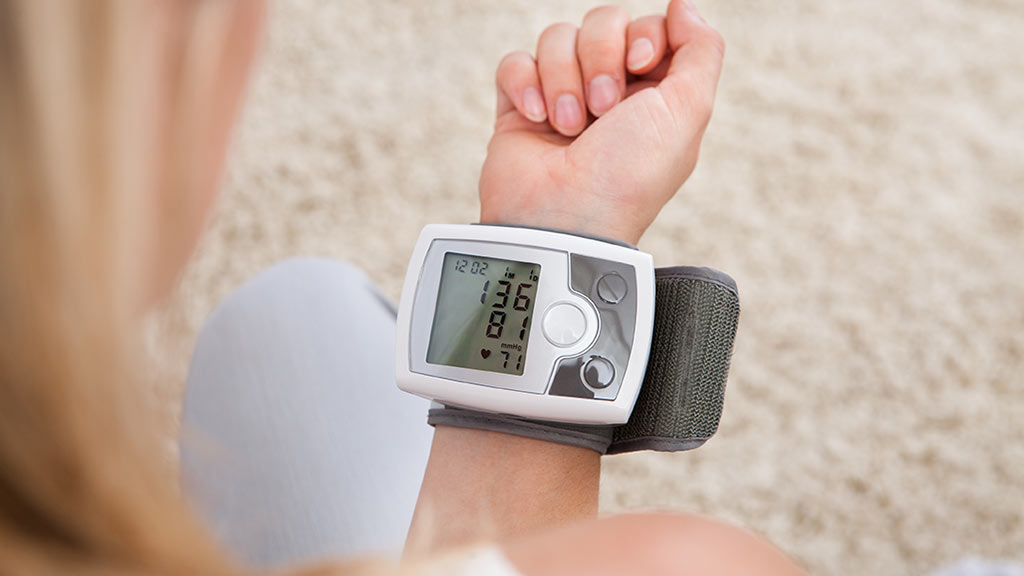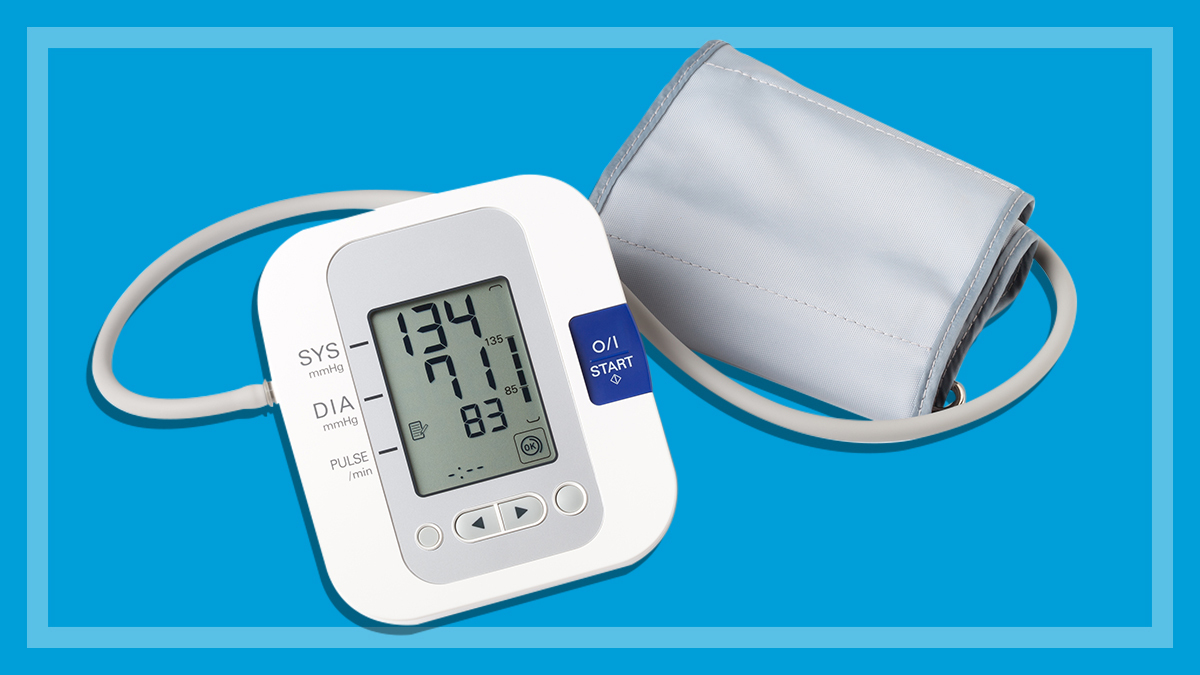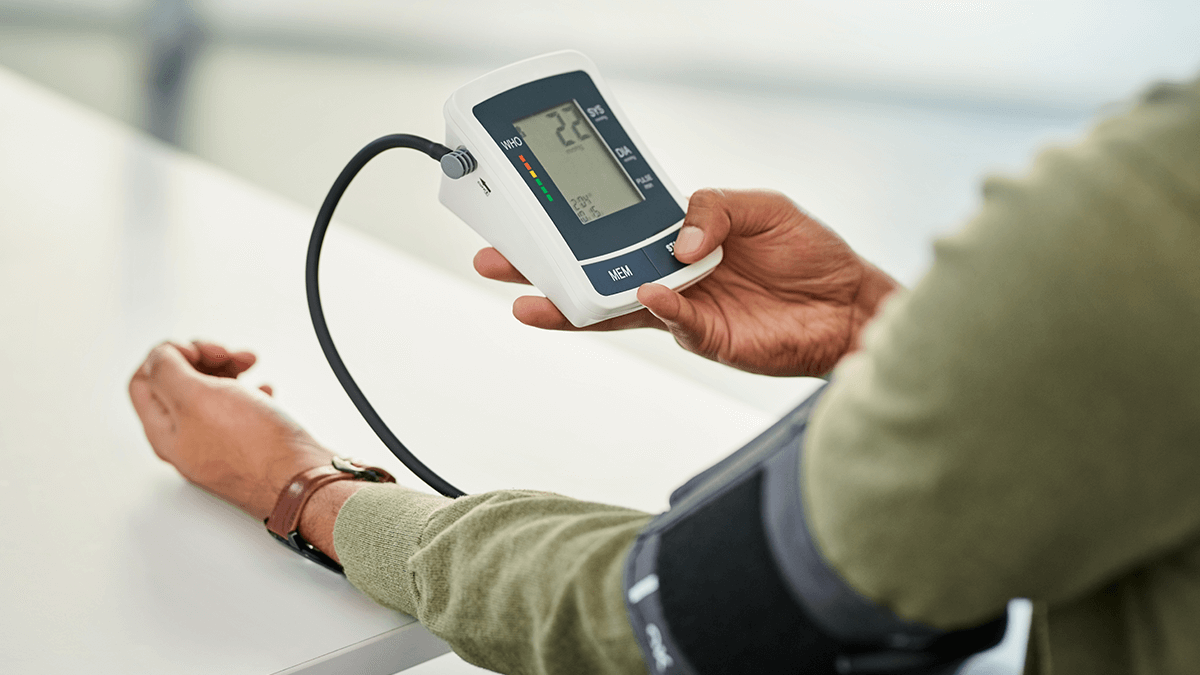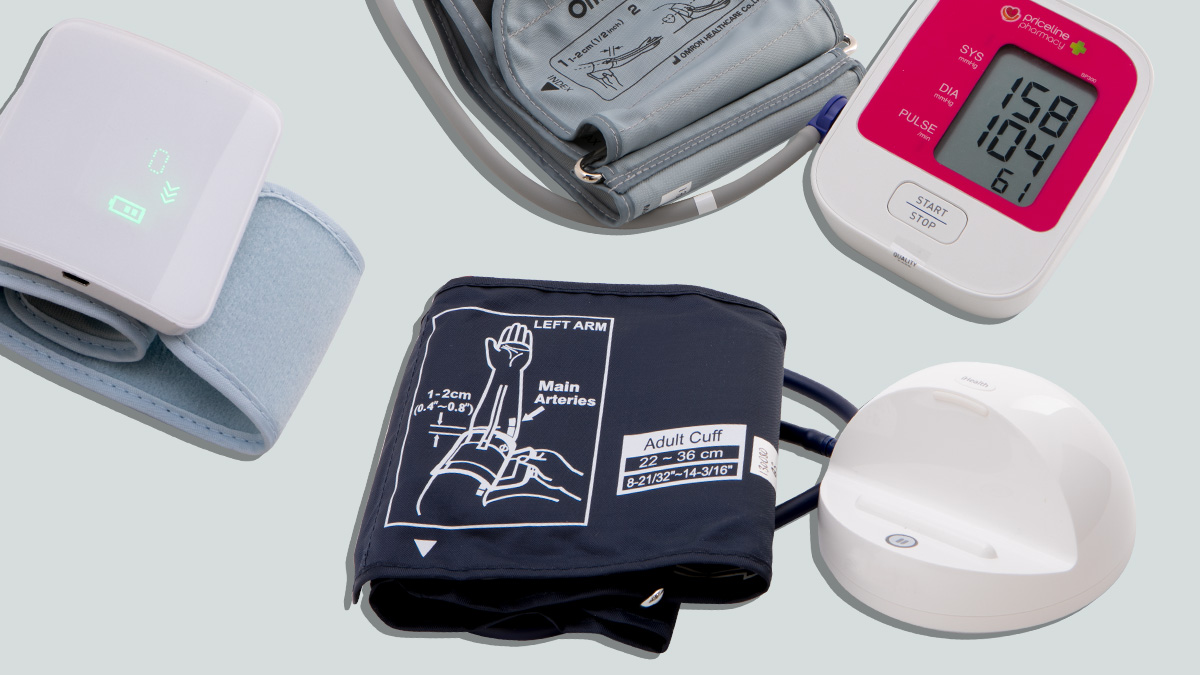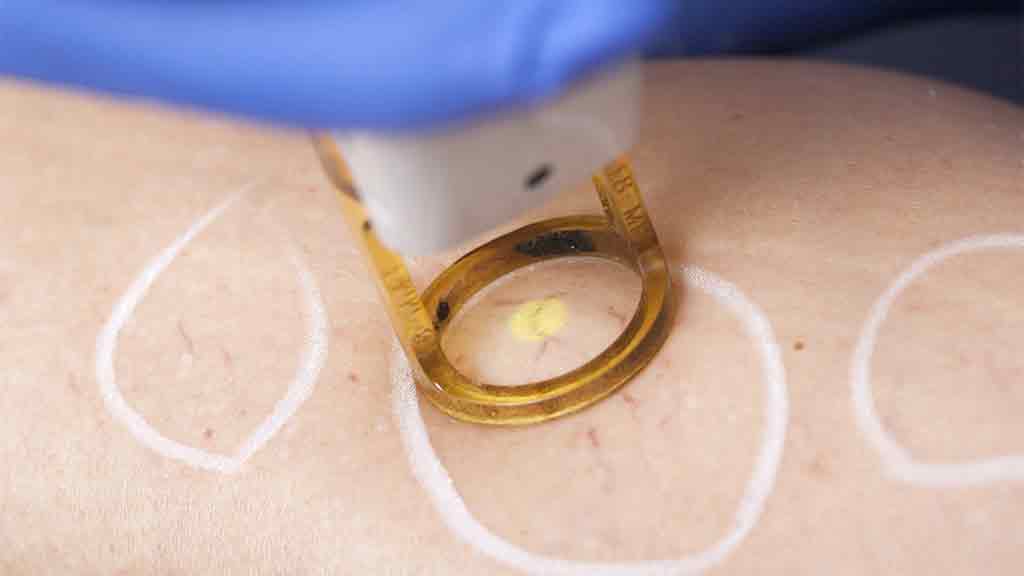How we test blood pressure monitors
Here's how we get the results that help you choose the best blood pressure monitor.
Last updated: 15 Mar 2024
Blood pressure: you’d miss it if it was gone, and keeping a close eye on it is essential for managing a whole host of medical conditions.
Here’s how we put blood pressure monitors through their paces to find out which ones are the most accurate, which ones are easiest to use, and which ones we recommend to help keep track of your blood pressure at home (though as always, see your GP for more advice).
Our expert testers
Our expert tester, Matthew Tung, has many years experience testing home health devices and child safety products for CHOICE. Matthew compiles a panel of 10 test subjects of diverse ages and fitness levels to assist in the testing process, which is conducted under controlled conditions in our laboratory.
By using a panel of volunteer test subjects we’re able to assess each of the monitors for ease of use, as well as accuracy across a range of different physiologies.
How we choose which blood pressure monitors we test
With a range of products on the market, what makes us choose one blood pressure monitor to test over another? As with most of our product testing, our aim is to test the majority of brands on the market and focus on what you’re most likely to see in stores.
We research the blood pressure monitors available in stores and survey manufacturers to find out about the range of products available and to identify the newest and most popular blood pressure monitors in the market.
Armed with this list, our buyers head to pharmacies, online stores and other retailers and purchase each product, just as a regular consumer would. We do this so we can be sure what we buy is the same as you’d find it and not ‘tweaked’ in any way for better performance.
How we assess blood pressure monitors
Our testing of blood pressure monitors is a measure of both accuracy and ease of use.
Accuracy
This is assessed by taking two measurements for each monitor on our test from each of our 10 triallists, and comparing them with a reading taken from a freshly calibrated hospital-grade blood pressure monitor*. The differences in measurements from the monitor on test and our reference monitor are then averaged to give us our accuracy results.
Before testing begins, we make sure each triallist is well rested and our tester, Matthew, implements a one-minute interval between each reading to allow the test subject’s blood pressure to return to normal. Our test panel is made up of volunteers from a wide range of ages and fitness levels.
Ease of use
This score is an assessment of a number of elements when using the blood pressure monitor, including the instructions, ease of fitting and operating the monitor, comfort, screen quality and the information displayed on the screen or, in the case of app-based monitors, via your phone. Our triallists are asked to fit each cuff themselves so we can evaluate ease of use from the perspective of the home user.
Validation
This is separate to our testing and is a specification note where we research whether the blood pressure monitor has been validated by any medical research organisation to see whether it is giving accurate results. Where a blood pressure is not validated, it means we cannot recommend it.
Test criteria explained
The CHOICE Expert Rating, our overall score that determines which products we recommend, is made up of:
- accuracy (80%)
- ease of use (20%).
*Special thanks to GE Healthcare for providing a GE Carescape V100 hospital grade monitor for use as a reference blood pressure monitor in our testing.
Related
Ashley worked at CHOICE from 2017–2024. He was Head of the whitegoods team.
You can find Ashley on LinkedIn.
Ashley worked at CHOICE from 2017–2024. He was Head of the whitegoods team.
You can find Ashley on LinkedIn.

